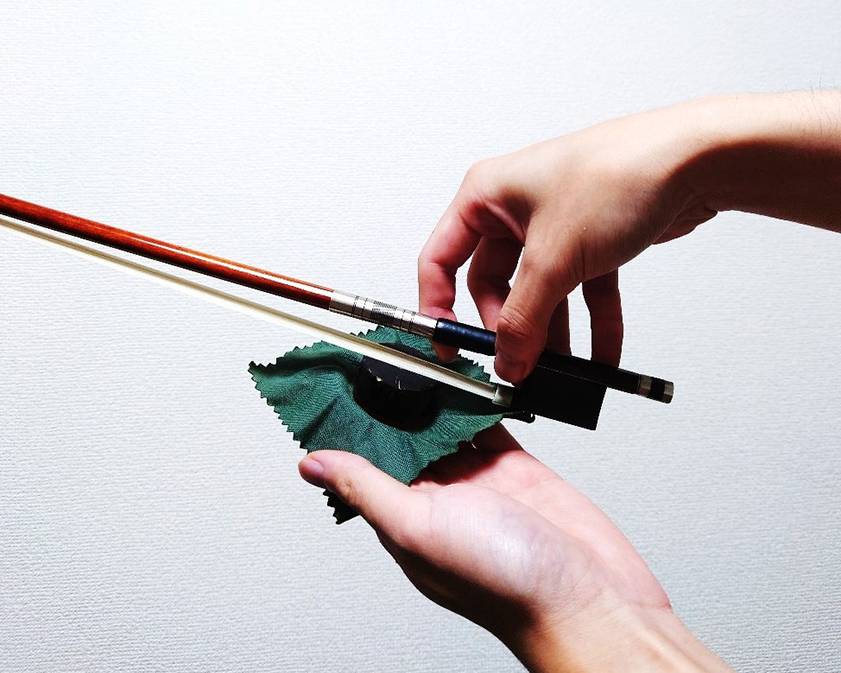
Rosin is an indispensable item to apply to the bow when playing a string instrument. rosin is pine sap. Many of you may have been using the rosin that came with your violin set or that you purchased a long time ago. In this issue, I would like to introduce you to some rosins that I recommend to those who are looking for a new rosin!
■The Role of Rosin
As to why rosin is necessary in the first place, if you try to play a violin without applying rosin, the bow hairs will slip on the string and no sound will come out. By applying rosin to the bow hairs, friction is created between the bow hairs and the string, allowing sound to be produced. For this reason, rosin is an indispensable item for playing stringed instruments.
■To those who have trouble applying rosin properly
I receive many inquiries from beginners who say that they do not know how to apply new rosin to their bows. As shown in the picture below, the surface of the new rosin is smooth, and when you try to apply it to the bow hair, it does not rub on well.
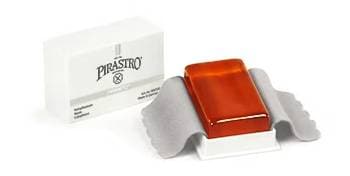
*Pirastro Piranito Rosin - You can see how smooth it is to the touch.
If you have trouble applying new rosin, try to flatten the surface once by lightly scraping it with sandpaper or a cutter. This will make it much easier to apply it to the bow hair. The degree of applying to the surface should be enough to make the surface slightly cloudy, as shown in the photo below.

Once you are able to apply it, you can then apply the rosin by simply rubbing the bow hairs without using sandpaper.
Above is an introduction to the application of rosin. From here, I would like to introduce some recommended rosins at Sound House! Please take a look!
■Introduction to recommended rosins for violin!
-
Hidersine / Hidersine 3V Rosin
Hidersine’s rosin is widely used by both beginners and experienced players. It’s a rosin that is very easy to handle and is good quality for its price. This is our most popular rosin at Sound House!
-
Piranito is a rectangular shaped rosin instead of the common round shape. This simple rosin can be used not only for violin bows but also for viola and cello bows.
-
Pirastro / Pirastro OLIV/Evah Rosin
This OLIV/Evah rosin is relatively softer than other rosins produced by Pirastro. It is recommended for those who want to reduce the amount of dust and it’s for those who want to focus on bow stickiness.
-
Pierre Guillaume / Guillaume Rosin
Guillaume rosin is named after Pierre Guillaume, a famous Belgian bow maker and master craftsman. It is a well-balanced rosin with a good attack on the strings. This one is my personal favorite!
-
Liebenzeller / GOLD I Violin Rosin
Produced by German string instrument manufacturer Liebenzeller, GOLD 1 rosin contains a gold mixture and you can expect that this rosin produces a uniform and well-balanced tone.
-
Larsen Strings / Larsen Violin Rosin
This rosin is produced by Danish string manufacturer Larsen Strings. Larsen rosin was developed to optimize the attack of the strings while minimizing unwanted noise.
-
D’Addario / VR200 Natural Rosin Light
VR200 is a rosin produced by D’Addario, an American string manufacturer. They produce two types of rosins for this series: light and dark. The lighter rosin is softer and the darker rosin is harder.
How was it? At Sound House, we carry a wide variety of other types of rosins. Rosins do not wear out quickly, however, the bow will stick better to the strings just by changing the type of rosin and it will become easier to apply, and you will notice a remarkable improvement in your bowing. We hope that you will take this opportunity to consider our variety of rosins available.





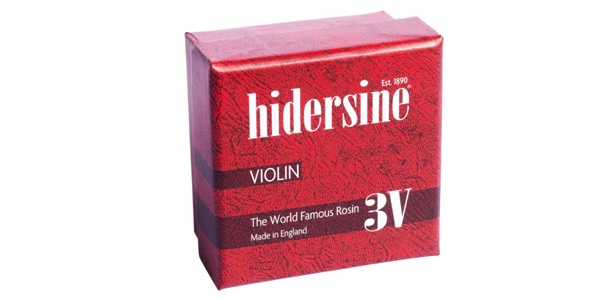

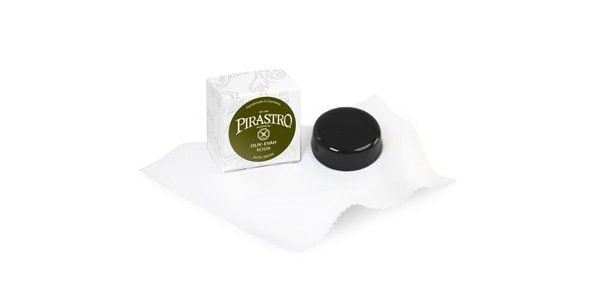
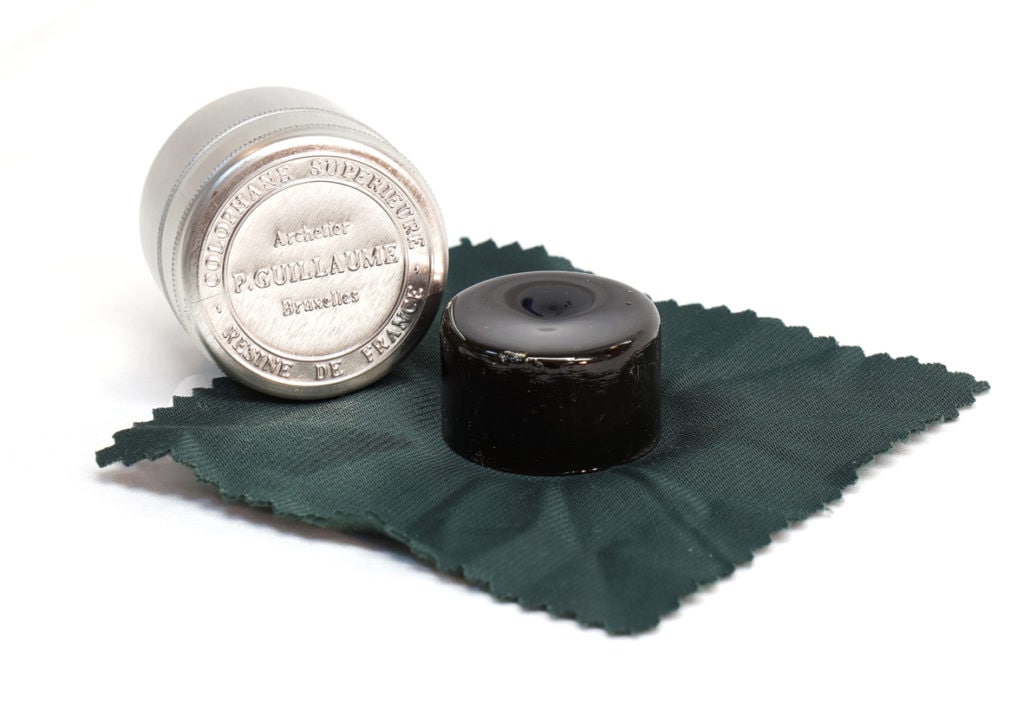
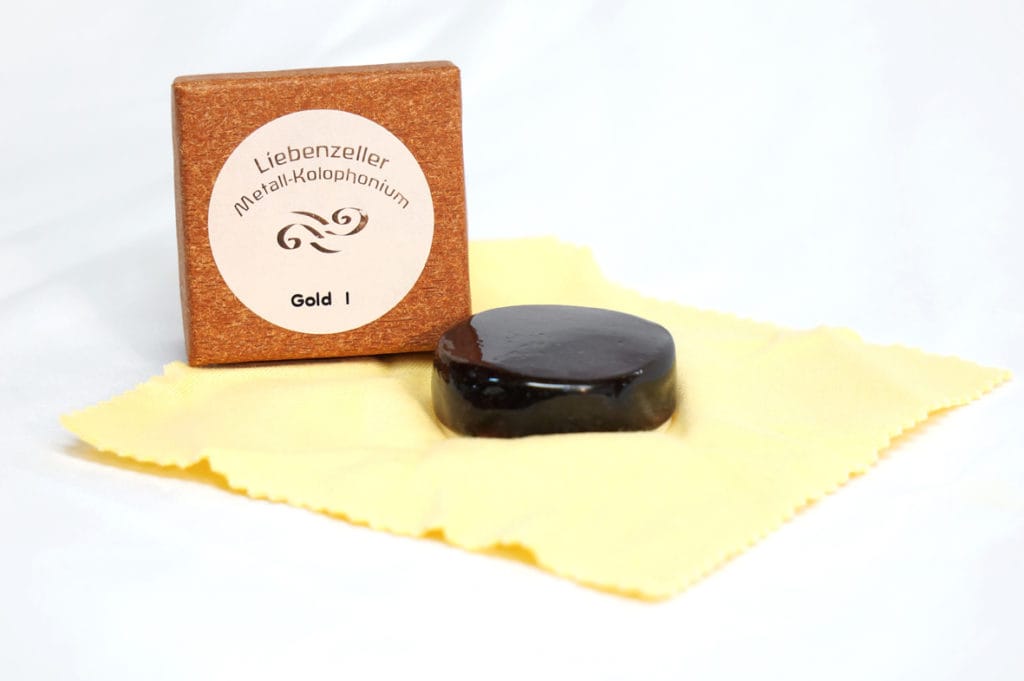
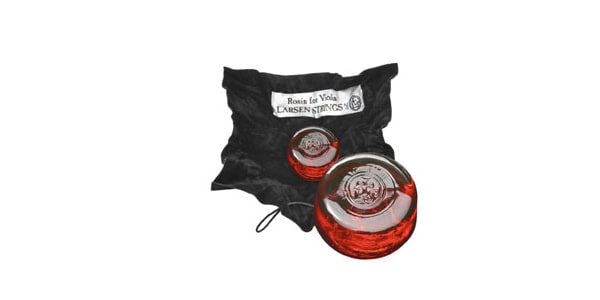
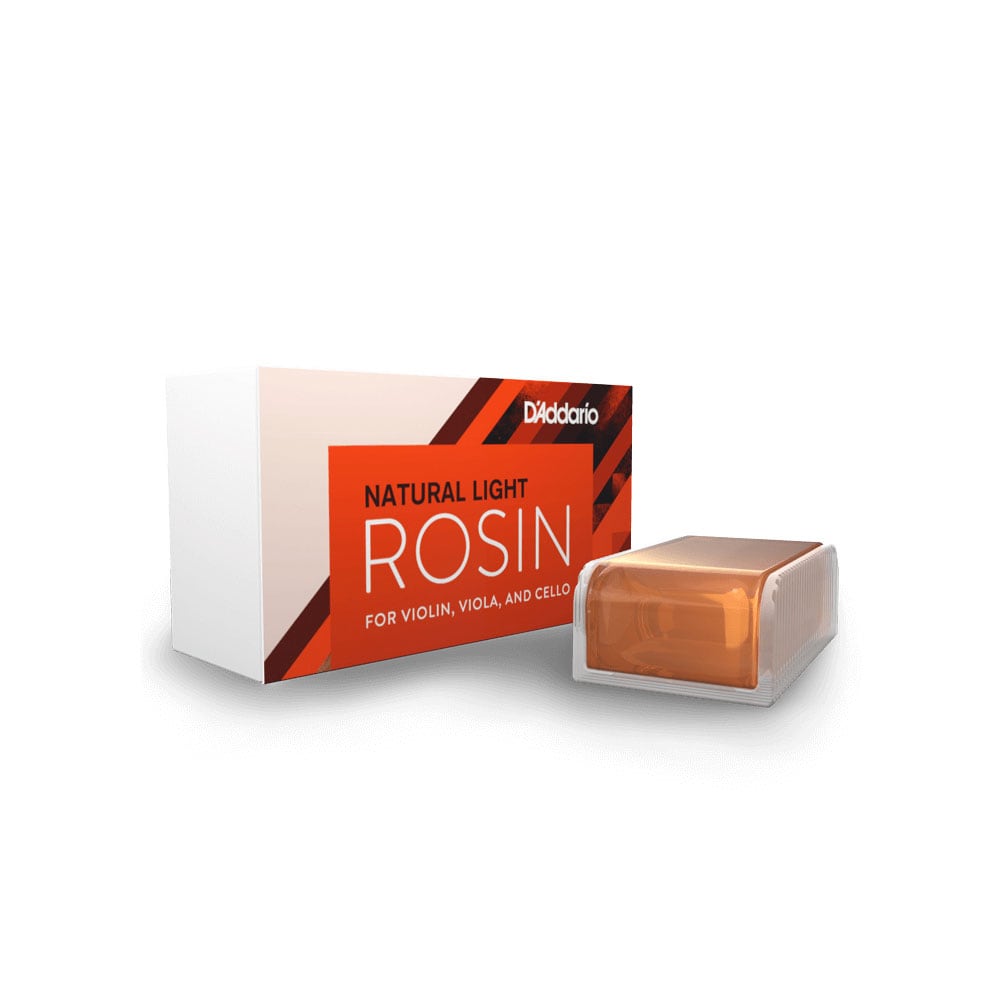




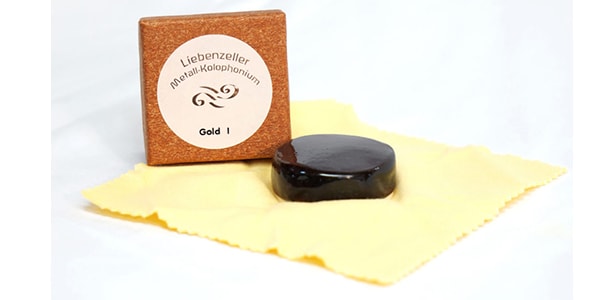
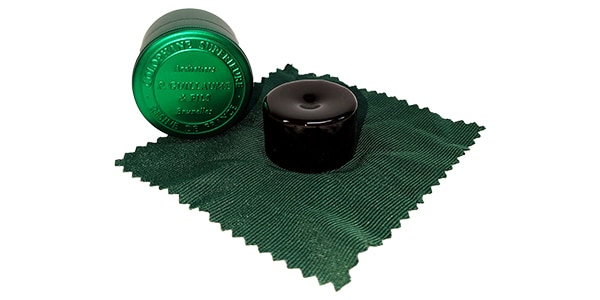


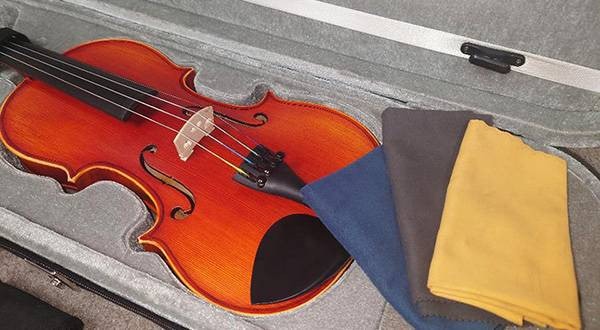
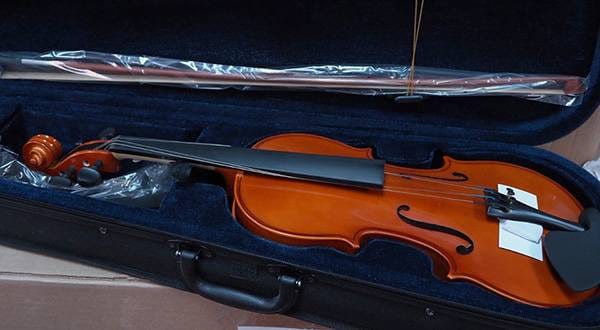


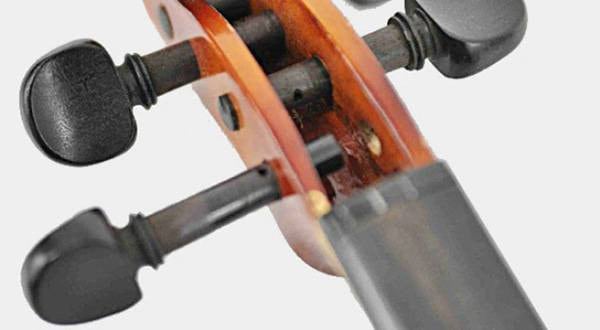
![[Violin] Choosing a shoulder rest and introducing some recommended models!](/contents/uploads/thumbs/2/2023/10/20231024_2_24282_1.jpg)
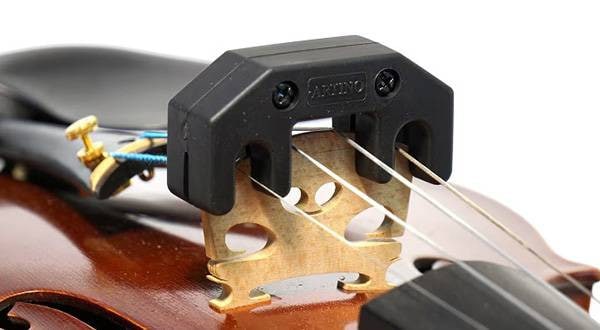
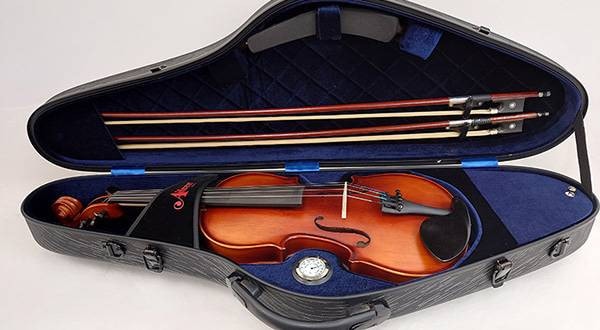
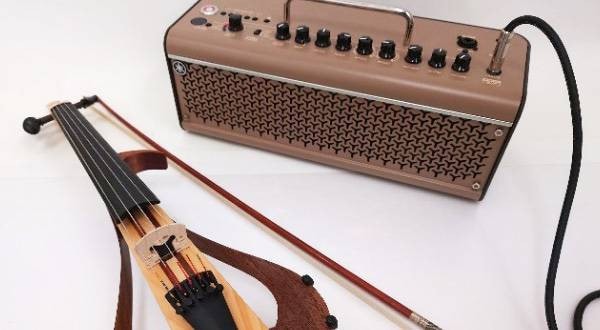
![[PLAYTECH] Round Bow vs. Square Bow Comparison](/contents/uploads/thumbs/2/2023/5/20230531_2_22832_1.jpg)

 バイオリンスタートガイド
バイオリンスタートガイド
 バイオリン 弓の各部名称と松脂
バイオリン 弓の各部名称と松脂
 バイオリンの手入れ
バイオリンの手入れ
 バイオリンの調弦(チューニング)
バイオリンの調弦(チューニング)
 失敗しないバイオリンの弦交換
失敗しないバイオリンの弦交換
 バイオリンの基本的な取り扱い
バイオリンの基本的な取り扱い















